From the June 2022 issue of Apollo. Preview and subscribe here.
The European Fine Art Foundation (TEFAF) returns to Maastricht this month, with its first summer opening. The 35th edition of what one dealer has called ‘the greatest fair in the world’ is at the Maastricht Exhibition & Conference Centre (MECC) from 25–30 June, with 243 galleries and dealers in art and antiques representing 20 countries and, after last year’s online event, there is a buzz of excitement about this return to the real world. The roster includes 21 first-time dealers, including six newly established galleries in the Showcase section. Here, Maria Howard selects her highlights from the works on display at the fair.
Vincenzo Gonzaga, Duke of Mantua (1602), Frans Pourbus the Younger
Weiss Gallery, price on application
One of London’s leading dealers in Old Master paintings, Weiss shows a recently discovered work by the Flemish portrait painter Frans Pourbus the Younger, a contemporary of Peter Paul Rubens. Dated 1602, it depicts one of the artist’s most important patrons, Vincenzo Gonzaga, Duke of Mantua, in full ceremonial armour, complete with the Order of the Golden Fleece, conferred on him by Philip II of Spain in 1589. The work exemplifies the naturalistic style that made Pourbus one of the most sought-after figures in the court; it is also the only known portrait of the duke to be signed by the artist, suggesting it was the original version, painted ad vivum, upon which subsequent variants were based.
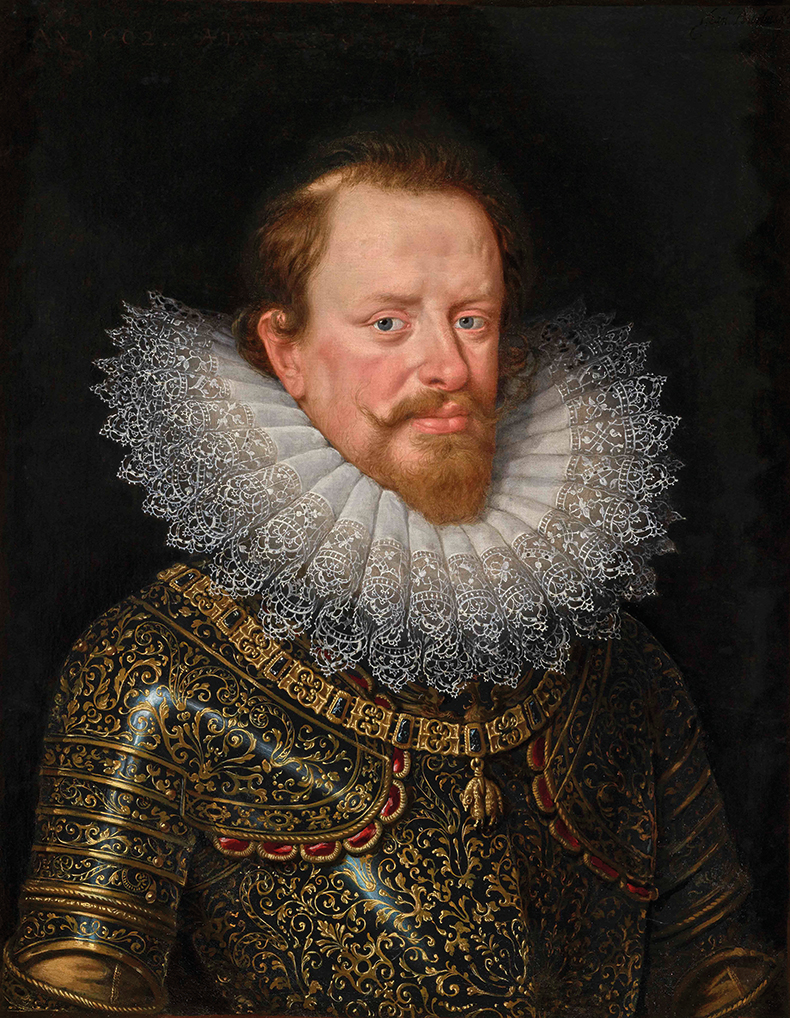
Vincenzo Gonzaga, Duke of Mantua (1602), Frans Pourbus the Younger. Weiss Gallery, price on application
Natura morta (1963), Giorgio Morandi
Tornabuoni, €1m–€1.3m
Tornabuoni brings a work by one of the giants of Italian modernism, Giorgio Morandi. While many of Morandi’s paintings show bottles, vases and containers arranged in a horizontal line or a cluster, in this Natura morta of 1963, the three objects have been placed one behind the other in almost perfect alignment. This striking composition is rendered in the muted tones that are characteristic of the artist, who has become synonymous with the still-life genre and one of the most desirable names of the Italian post-war era.

Natura morta (1963), Giorgio Morandi. Tornabuoni, €1m–€1.3m
Bastet (Egypt, 26th Dynasty–30th Dynasty; c. 664–332 BC)
Galerie Chenel, $1.5m
At Galerie Chenel’s booth is one of the oldest works of art at TEFAF this year – an ancient Egyptian bronze cat that dates from around 664–332 BC. The sculpture is believed to represent the goddess Bastet, whose cult was associated with the home and feminine fertility. With its delicately incised whiskers and a pendant in the shape of the ib, or heart, the work is an impressive example of its type. It is also notable for its provenance, having passed through the hands of the Belgian noblewoman Countess Della Faille de Leverghem as well as Daniel and Sylvia Wildenstein.
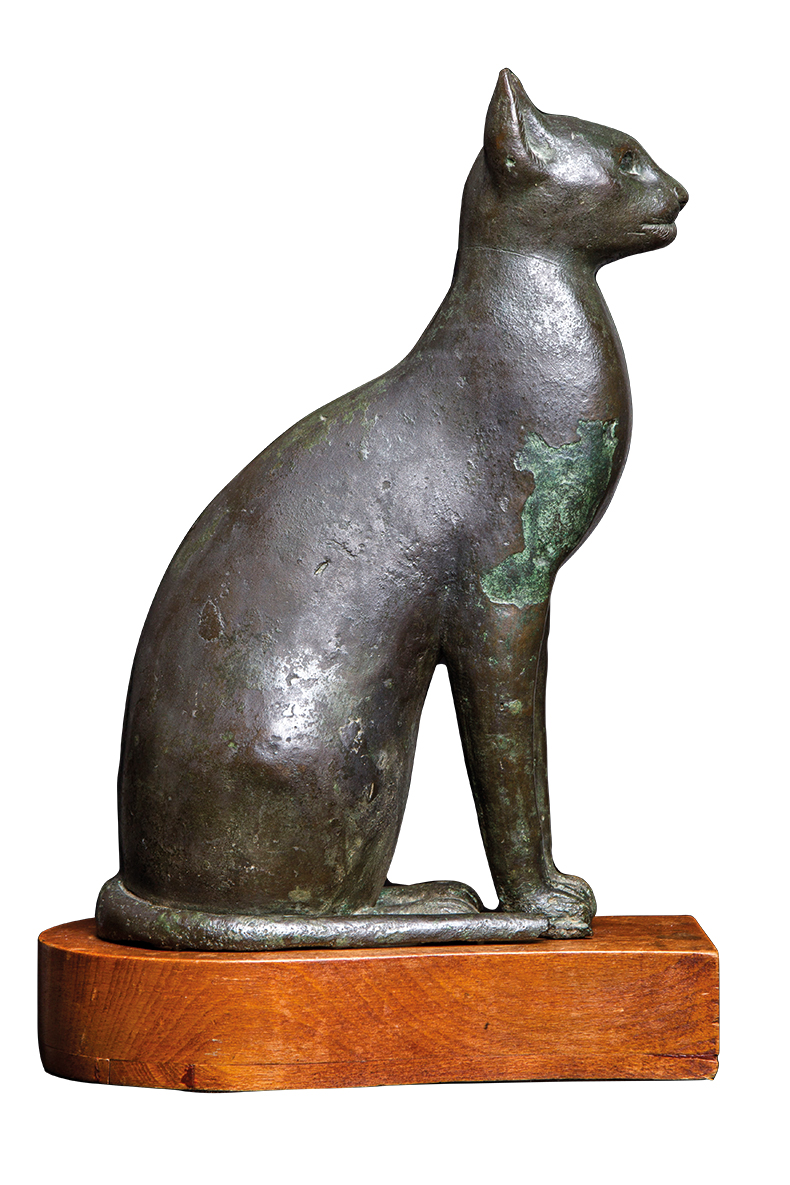
Bastet (Egypt, 26th Dynasty–30th Dynasty; c 664–332 BC). Galerie Chenel, $1.5m
Composition (1949), Nicolas de Staël
Waddington Custot, price on application
Nicolas de Staël’s Composition of 1949 is a preliminary study for a painting of the same name from 1950 and is in the Saint Louis Art Museum in Missouri. This highlight of Waddington Custot’s TEFAF booth is typical of de Staël’s palette-knife paintings in style and composition; warm vermilion and brick red are offset by the grey-blue lines that border the blocks of colour like the seams of a quilt. The Russian artist was an important figure in the School of Paris, and this painting – in a private collection for decades – was completed just as the artist began to find fame internationally for his work.
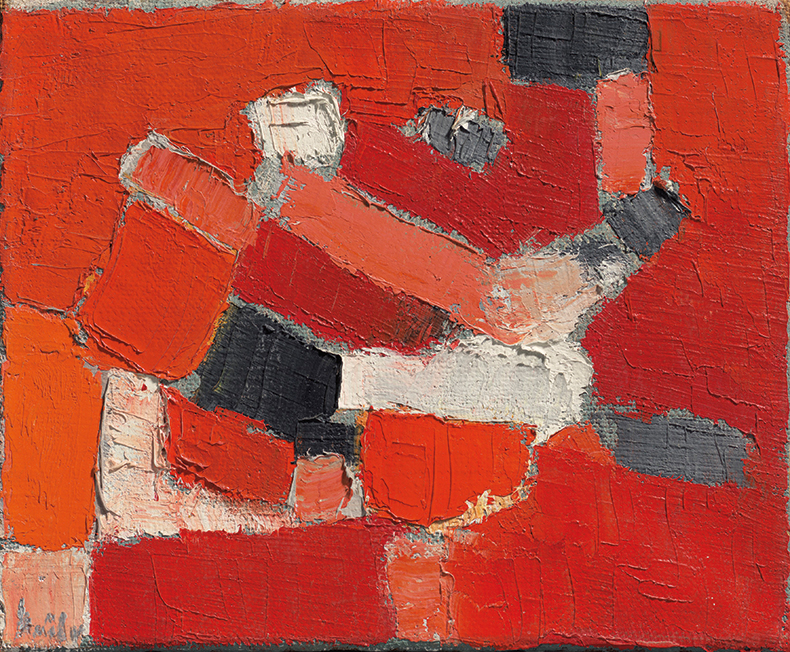
Composition (1949), Nicolas de Staël. Waddington Custot, price on application
Odysseus (2022), Satoru Ozaki
A Lighthouse Called Kanata, price on application
A Lighthouse Called Kanata, based in Tokyo, represents contemporary Japanese artists who are reimagining traditional mediums such as ceramics, glass and metalwork. A highlight of their TEFAF presentation this year is Odysseus by Satoru Ozaki, known for his exacting methods of hammering and polishing stainless steel. Ozaki is deeply influenced by the ascetic ideals of Zen Buddhism. This sculpture invokes the ancient Greek hero to remind us of the long journey we face in the search for peace and harmony. Its mirrored surface represents the enlightenment that might await us at the end, while its bold upright form is seemingly frozen in forward movement.

Odysseus (2022), Satoru Ozaki. A Lighthouse Called Kanata, price on application
Table (early 1970s), Carlo Scarpa
Axel Vervoordt, €24,000
This marble-topped table was made by the architect Carlo Scarpa for his assistant and friend Dante O. Benini in the early 1970s – Benini had asked for ‘a table with characteristics of our Venetian origins’ for his office in Brazil. The flamed, red Verona marble is from the Morseletto workshop and the metal base is by the Zanon brothers. The piece returned to Italy when Benini opened a workshop in Milan and is now being sold by Axel Vervoordt.
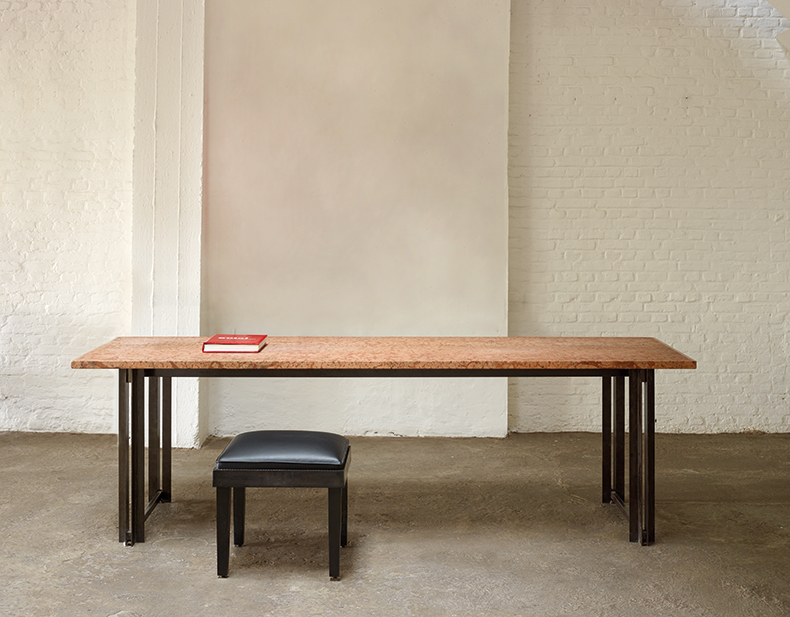
Table (early 1970s), Carlo Scarpa. Axel Vervoordt, €24,000 Photo: © Jan Liégeois
The San Zeno Astrolabe (Verona, cloister of San Zeno; c. 1455)
Daniel Crouch Rare Books, price on application
Between the 15th and 18th century, this large astrolabe hung on the wall of the Benedictine abbey of San Zeno in Verona, where it was used by monks to organise their devotional schedule and keep track of the phases of the moon and the zodiacal calendar. Dated around 1455 and more than 120cm in diameter, it is the largest medieval astrolabe still in private hands and a remarkable testament to the study of astronomy and time during this period. It is on display at Daniel Crouch Rare Books alongside a selection of ‘cartographic curiosities’.
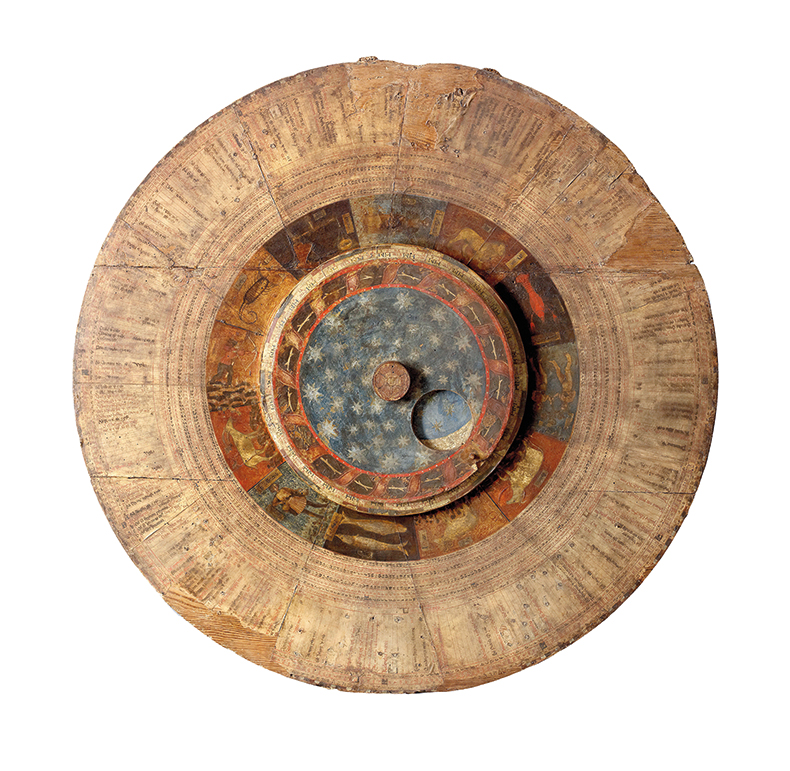
The San Zeno Astrolabe (Verona, cloister of San Zeno; c. 1455). Daniel Crouch Rare Books, price on application
A pair of Italian late baroque maiolica appliqués (1740–60), Ferniani Workshop, Faenza
Burzio, price on application
Burzio of Dover Street brings a pair of late baroque maiolica wall appliqués to TEFAF this year. Fired a gran fuoco (at great heat), the ceramic panels are decorated with an intricate design of fruits and flowers; they were made between 1740 and 1760, when the Ferniani workshop in Faenza was under the direction of Ignazio Passanti. A number of monumental vases and trays glazes in similar styles to these rare appliqués can be found in public collections such as the Musée national Adrien Dubouché in Limoges, the Fitzwilliam Museum in Cambridge and the V&A in London.
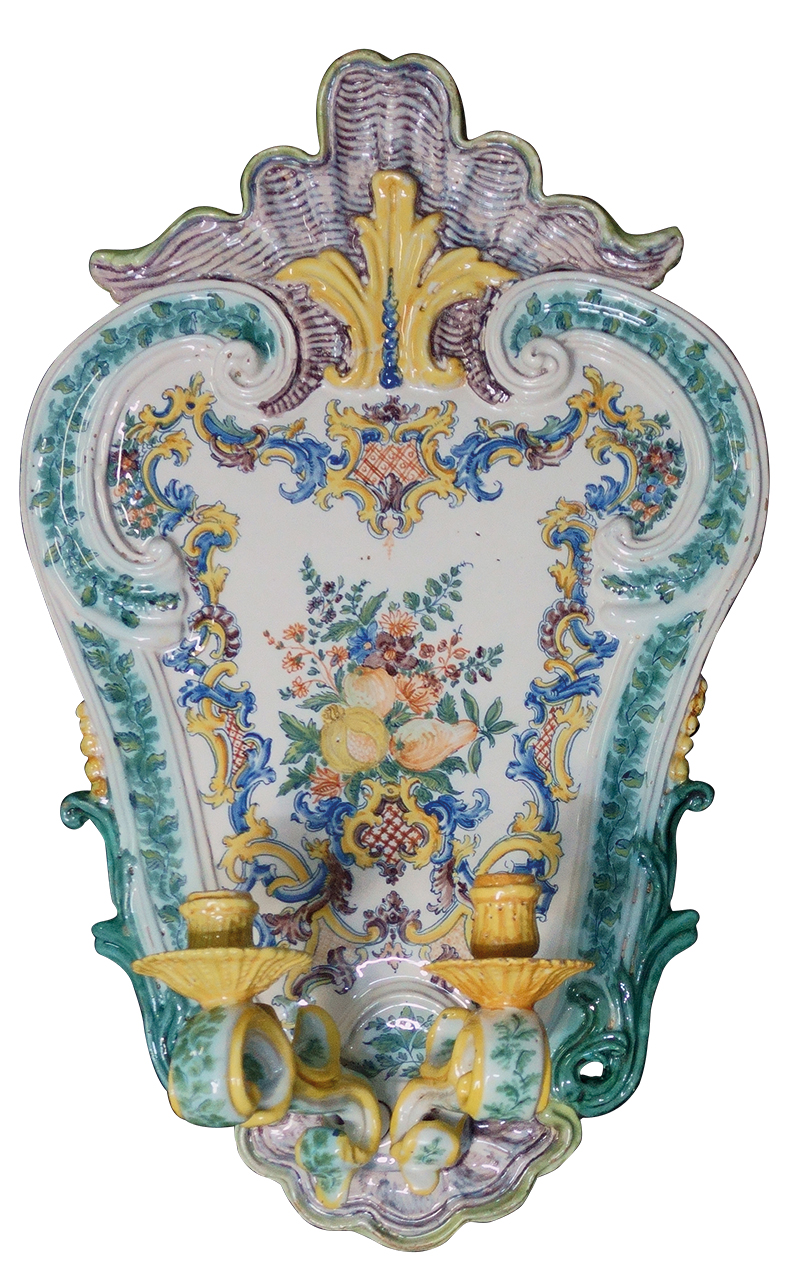
A pair of Italian late baroque maiolica appliqués (1740–60), Ferniani Workshop, Faenza. Burzio, price on application
A Chinese court lady, Tang dynasty
Ben Janssens Oriental Art, £26,000
Ben Janssens Oriental Art is showing a ceramic sculpture of a court lady that dates to the Tang dynasty (618–908 AD). This kind of plump figure is usually associated with Yang Guifei, the famous Tang concubine; however, recent excavations have unearthed similar figures that show a ‘Rubensian’ beauty ideal was already the norm in the 720s, before Yang Guifei rose to fame. This courtier wears an elaborate coiffure and a flowing robe, the heavy drapery of which contrasts with her delicate hands.
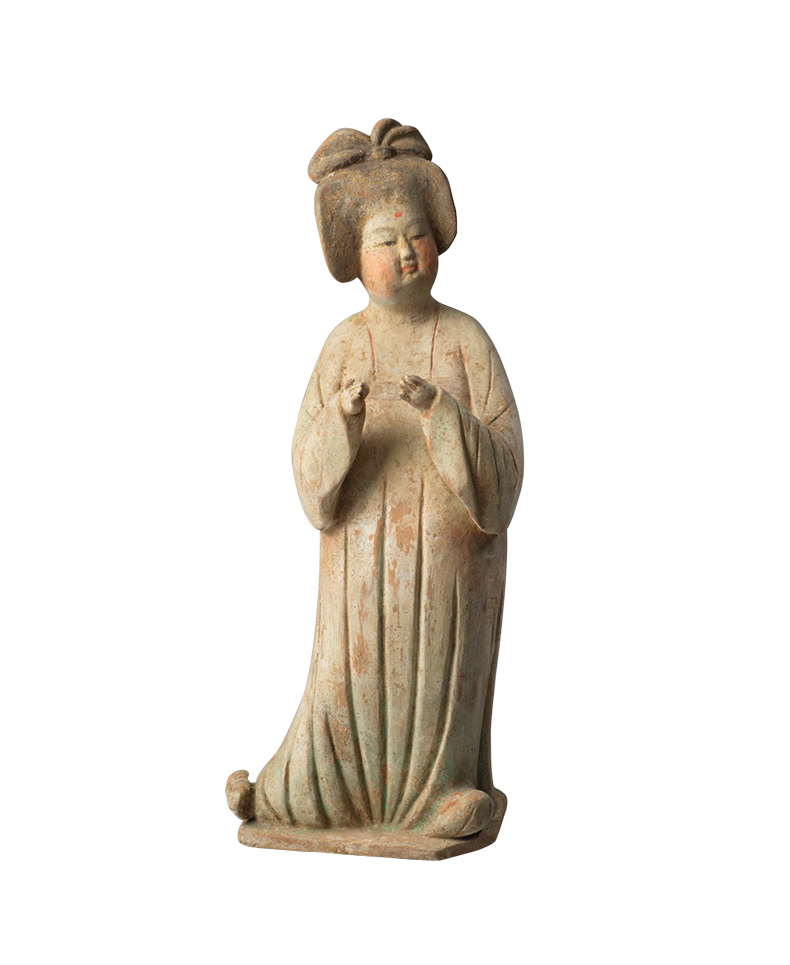
A Chinese court lady Tang dynasty
Ben Janssens Oriental Art, £26,000
Clock representing Neptune and Diana (c. 1796) Jean-Simon Bourdier
Galerie Léage, €200,000–€300,000
More than 75cm in height, this monumental wall clock in bronze and marble represents the figures of Neptune and Diana and was made by Jean-Simon Bourdier in around 1796. It originally belonged to Jean Lanchère de Vaux (1727–1805), appointed maître des postes of Versailles by the Duke of Polignac; a second example of this design was part of the Robert de Balkany collection. It will be presented by Galerie Léage at this year’s fair, along with other pieces of 18th-century furniture and objets d’art.
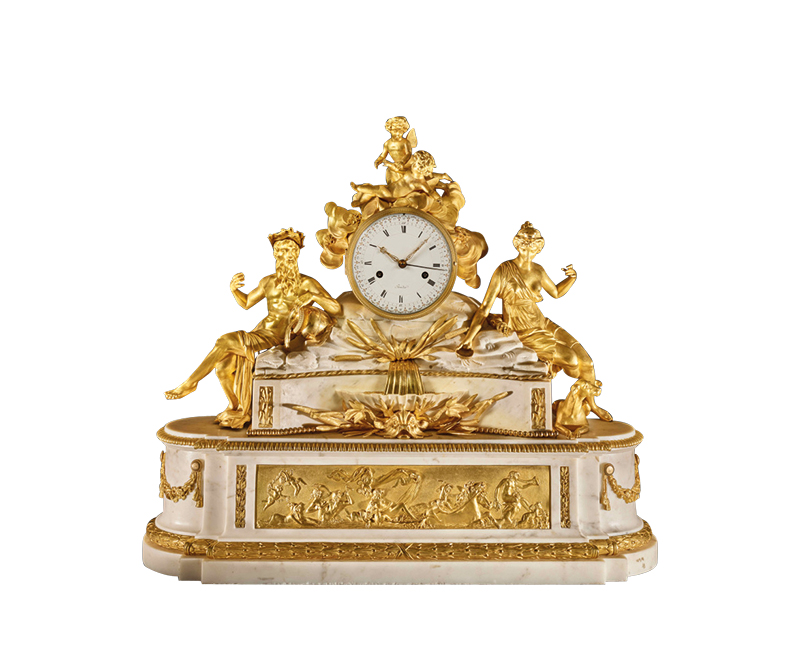
Clock representing Neptune and Diana (c. 1796) Jean-Simon Bourdier. Galerie Léage, €200,000–€300,000
Shaffron (c. 1525), Attr. workshop of Koloman Helmschmied
Peter Finer, price on application
A shaffron, or chamfron, was typically worn by horses in battle to protect their face and ears; this year, London antiques dealer Peter Finer brings one of these extraordinary objects to TEFAF. Dating to around 1525, the steel armour is attributed to the Augsburg workshop of German metalworker Koloman Helmschmied, whose pieces – known for their exquisite craftsmanship – can be found in the British Museum and the Met in New York. They are rarely seen on the market.
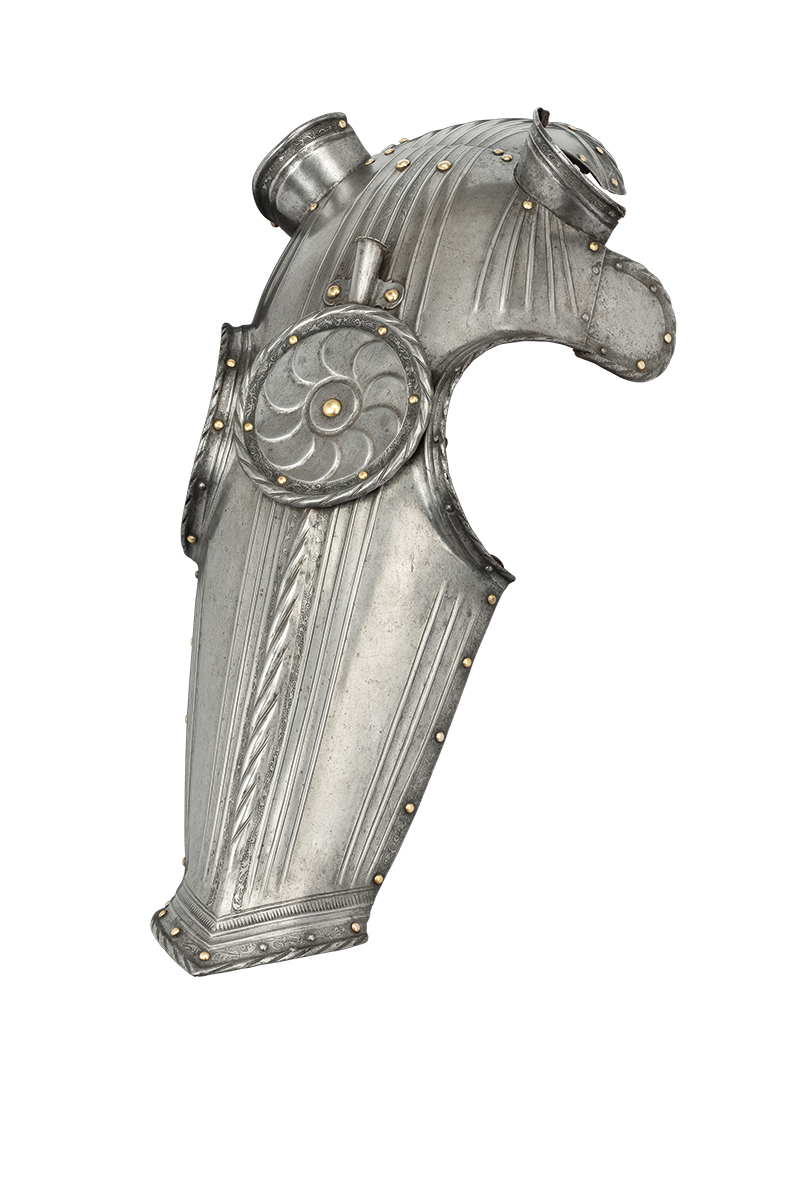
Shaffron (c. 1525), Attr. workshop of Koloman Helmschmied. Peter Finer, price on application
Enclosed Garden with Animals (early 16th century), Southern Netherlands
De Wit, price on application
Renowned for the conservation and restoration of tapestries, De Wit presents a large fragment in wool and silk depicting the motif of the hortus conclusus, or enclosed garden, typically used in medieval art to denote the purity of the Virgin Mary, or as a reference to the Garden of Eden. This example dates to around 1500–25 and shows animals – mythological and real – surrounded by a red brick wall and a dazzling array of flowers and fruit trees.
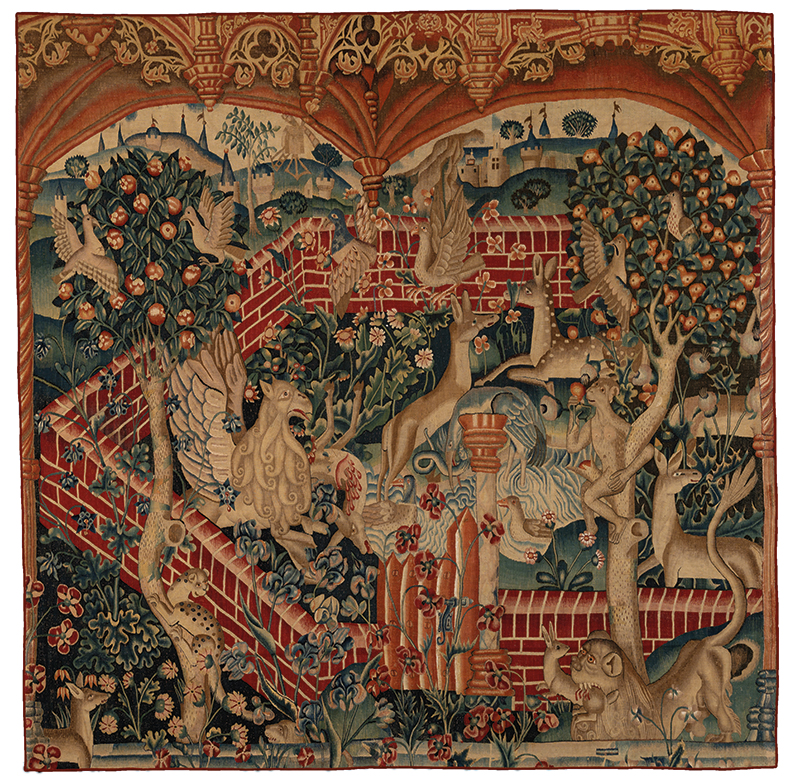
Enclosed Garden with Animals (early 16th century), Southern Netherlands. De Wit, price on application
From the June 2022 issue of Apollo. Preview and subscribe here.
Unlimited access from just $16 every 3 months
Subscribe to get unlimited and exclusive access to the top art stories, interviews and exhibition reviews.


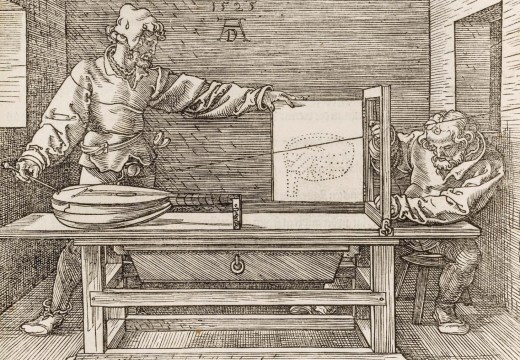
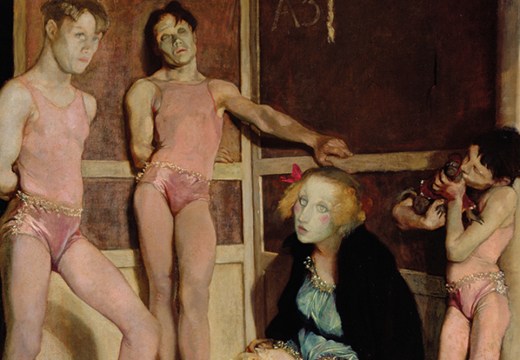
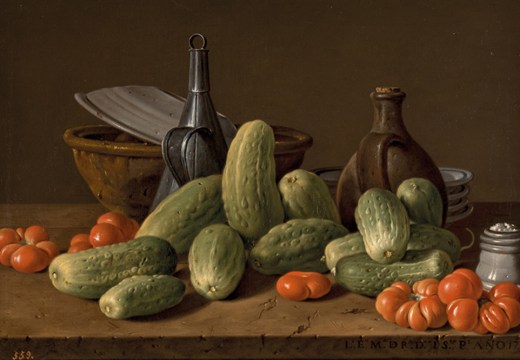









![Masterpiece [Re]discovery 2022. Photo: Ben Fisher Photography, courtesy of Masterpiece London](http://www.apollo-magazine.com/wp-content/uploads/2022/07/MPL2022_4263.jpg)
Has the Fitzwilliam lost the hang of things?